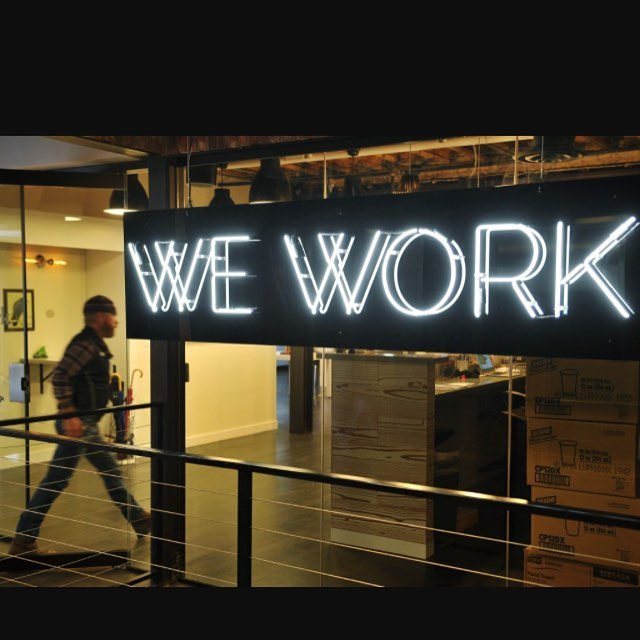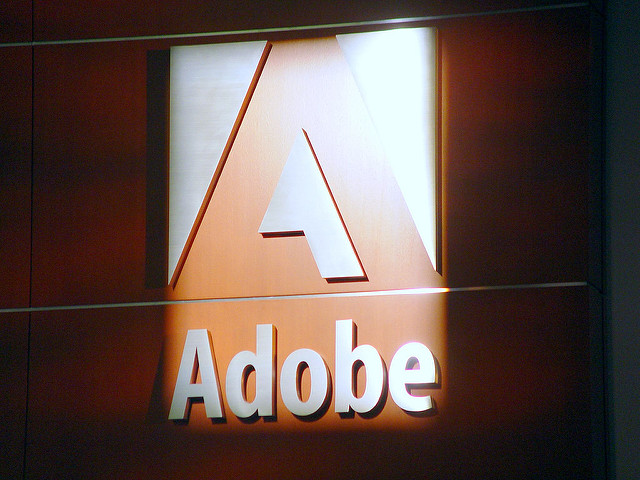Technology Stocks
Billion Dollar Unicorns: Is Cybereason the Next Cyber Security Company to get Acquired?

According to a MarketsandMarkets report, the global cyber security market is expected to grow 11% annually over the next five years to $231.9 billion from $137.85 billion in 2017. Recent cyber attack reports such as the Equifax breach have increased interest in the segment. Billion Dollar Unicorn club member Cybereason is already benefiting from the increasing interest and market growth.
Featured Videos
Can 1M/1M Help Me Raise Money?
How Does 1M/1M Democratize Entrepreneurship Education?
How Does 1M/1M Democratize Management Consulting?
When Is The Right Time To Join 1M/1M?
Can 1M/1M Help Me With Business Development?
Can 1M/1M Help Me With Market Sizing?
Can 1M/1M Help Me Validate My Product?
Will I Have Private 1-on-1 Sessions In 1M/1M?
How Does 1M/1M Help Entrepreneurs Connect With Silicon Valley?
Mentoring or Consulting?
Why Does 1M/1M Charge $1000 a Year?
Why Does 1M/1M Partner With Local Organizations?
Why Don\’t Mentoring Networks Work?
Why Is It Important To Study With 1M/1M Now?
Dan Stewart Story
Vikrant Mathur Story
Is Palo Alto Networks Getting Ready for an Acquisition Spree?

According to a recent Gartner report, global enterprises are transforming their security spending strategy by moving away from prevention-only approaches to more detection and response-related ones. Gartner believes that the global spending on information security will grow 7.6% in 2017 to $90 billion and predicts this market to grow to more than $113 billion by 2020.
Billion Dollar Unicorns: TransferWise Turns Profitable

According to a World Bank report, an estimated $582 billion was sent by migrants to relatives in their home countries in 2015. The remittance market is dominated by Western Union, MoneyGram, and Ria, but there is increasing competition from startups like Billion Dollar Unicorn TransferWise. >>>
Billion Dollar Unicorns: CrowdStrike Joins the Club

According to a report by Markets and Markets, the global endpoint security industry is estimated to grow from $11.62 billion in 2015 to $17.38 billion by 2020. That translates to an 8% annualized growth rate for the next three years. Recent hacking reports, especially concerning the US Presidential election, have revived the interest in the cyber security market. Billion Dollar Unicorn player CrowdStrike is becoming a well-known name in the space.
Billion Dollar Unicorns: Valuation for WeWork Continues to Soar
According to a report by Emergent Research, the global number of co-working members are projected to grow 41% annually over the next four years through 2020. Co-working company and Billion Dollar Unicorn club member WeWork is riding high on this growth and its valuation continues to skyrocket.
Who Will Buy India’s Leading Online Grocer BigBasket?

According to Technopak, the grocery and food market in India is estimated to be about $400 billion, out of which organized retail accounts for just $12 billion with online e-grocers garnering a 4% share. BigBasket is a leading online grocer trying to tap its potential. >>>
Billion Dollar Unicorns: Ele.me Consolidates Market, but Profits Elusive

Analysts estimate that the number of people in China who use online food ordering services will grow from 256 million people in 2016 to 346 million this year. Food delivery companies currently cover 1,300 cities in the country. Analysts estimate that the market will be worth 240 billion yuan (~$37 billion) next year. Billion Dollar Unicorn Ele.me is a leading player in this segment.
Billion Dollar Unicorns: AppDirect Cashes in on Cloud

According to Gartner, the worldwide public cloud services market is projected to grow 18% in 2017 to $246.8 billion, up from $209.2 billion in 2016, driven by 37% growth in cloud system infrastructure services and 20% growth in cloud application services. At the center of this growing market is Billion Dollar Unicorn AppDirect. >>>
Billion Dollar Unicorns: AvidXchange Eyeing IPO

According to a Business Insider report, the automation of B2B payments and accounts payable is continuing to grow. Many businesses still make more than half of their B2B payments by check and are now looking to increase their spending on electronic and card-based solutions. Billion Dollar Unicorn AvidXchange is helping businesses unlock this automation opportunity.
Adobe Moves Closer to Microsoft
Unsurprisingly, Adobe (NASDAQ: ADBE) continued to outpace market expectations. Adobe has had a strong run this year. Its stock has climbed more than 50% since the start of the year. But analysts suspect that it may be time for a slowdown. After the recent result announcement, the stock fell because its forecast was in line but not higher than market expectations.


